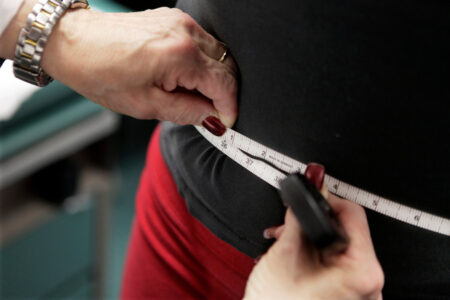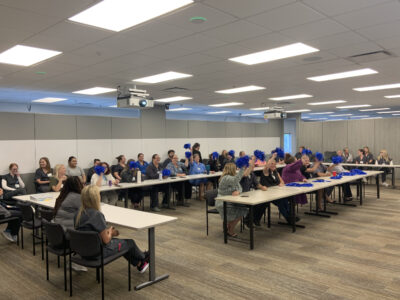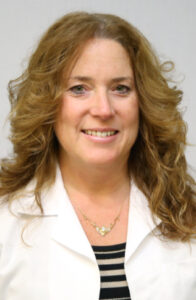What causes breast lumps?
These common tissue growths can have many causes
Throughout life, your body changes — and that includes your breasts. When you notice a difference in how your breasts feel, it’s not necessarily cause for alarm. Most breast lumps are harmless. And there are so many things that could be behind them. Here’s what to know.
What are breast lumps?
Breast lumps are masses that develop within your breast. You may notice an actual lump or just swelling.
Breast lumps may feel different than your actual breasts. These painless growths can feel:
— Soft
— Hard
— Moveable
— Smooth
— Bumpy
They can come in many shapes and sizes.
Causes of breast lumps
Most breast lumps, also called masses, are non-cancerous — and they have many different causes including:
Fibrocystic changes
Your hormone levels fluctuate, particularly during your menstrual cycle, which can lead to areas of temporarily lumpy breast tissue. These lumpy areas may feel tender or sore.
Cysts
Cysts are fluid-filled sacs that form within breast tissue. They’re more common in pre-menopausal women.
Fibroadenomas
These benign lumps are common in women in their 20s and 30s. They can change size over time. And they may disappear completely. Your provider may choose to monitor them for changes.
Mastitis
Mastitis is a breast infection most common in breastfeeding women. Breast infection may lead to the formation of an abscess, a benign mass in your breast.
Lipomas
These non-cancerous fatty tumors form inside breast tissue.
Breast injury
An injury to your breast can also lead to a mass that you can feel.
Breast cancer
Breast cancer can cause masses, too, of course. However, it’s a less common cause. Having a breast lump doesn’t mean you have cancer. Just be sure to speak to your healthcare provider if you notice changes in one or both of your breasts that last more than a month.
Who’s at risk
for breast lumps?
Anyone can have a breast mass. But you’re more at risk if you:
— Have dense breasts
— Have a history of breast lumps
— Use hormone replacement therapy (HRT)
— Are between ages 18 and 35
— Are pregnant or in menopause
When to see a healthcare provider
Many breast lumps go away on their own without treatment. However, contact your healthcare provider if you have a lump that:
— Appears in your breast or armpit
— Doesn’t go away after a few weeks
— Changes shape, size or color
— Feels hard
Other reasons to seek medical advice include:
— Nipple inversion or discharge
— Any changes in how your breast looks or feels
Your provider can do an exam or order imaging to take a closer look. They’ll provide information and treatment for your breast condition or refer you to a specialist.
For the latest health and wellness tips and advice, visit geisinger.org/balance.



